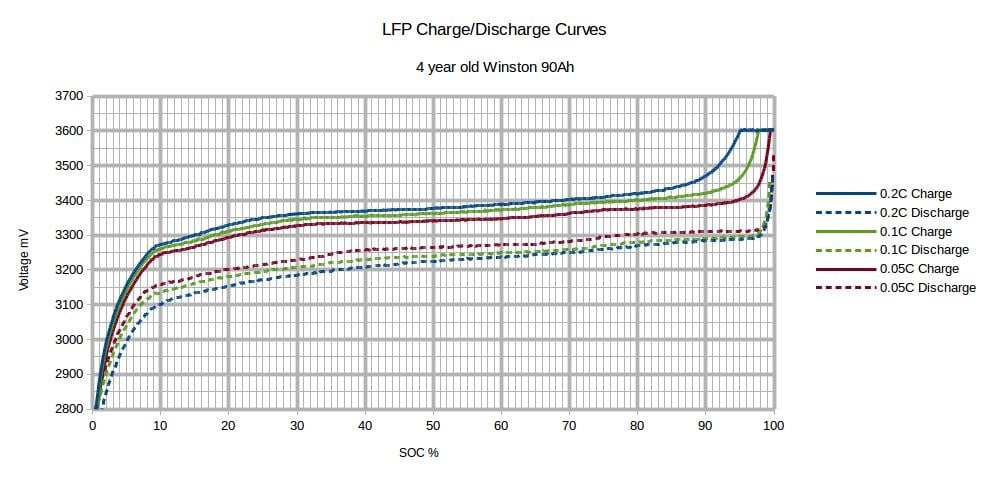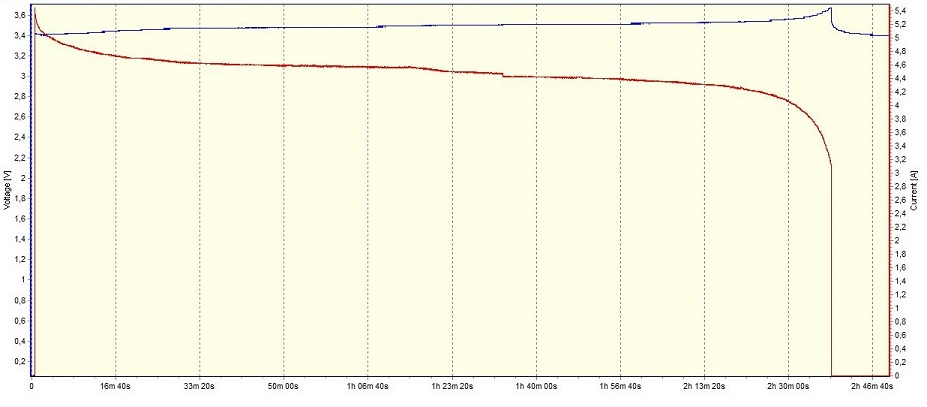I recently got 4 new 280AH batteries from Ailexpress and have been using since March. The pack would go out of balance at high state of charge. Here is what the BMS would say:
1 - 3.608
2- 3.366
3 - 3.364
4 - 3.368
Total = 13.7
While the BMS would try to balance, it never really happened.
Based on Will's instruction in "How to Top Balance LiFePO4 Battery Cells Quickly" on Youtube, I bought a power supply with the hopes of getting this pack right. The batteries are currently in parallel and the power supply is set at 3.6 volts. It's been taking 2.5 - 3.0 amps and is currently at 3.8 volts. I've had this on the charger for 40 hours now, so I've added about 110AH.
Since these batteries are in parallel right now does this mean the capacity is 4x 280AH or 1120AH? I started this exercise at about 80% soc. Do I have charge 224 AH to bring this pack to 3.5 volts? Is it okay to leave these on the power supply for another 40 hours to achieve 3.5v?
1 - 3.608
2- 3.366
3 - 3.364
4 - 3.368
Total = 13.7
While the BMS would try to balance, it never really happened.
Based on Will's instruction in "How to Top Balance LiFePO4 Battery Cells Quickly" on Youtube, I bought a power supply with the hopes of getting this pack right. The batteries are currently in parallel and the power supply is set at 3.6 volts. It's been taking 2.5 - 3.0 amps and is currently at 3.8 volts. I've had this on the charger for 40 hours now, so I've added about 110AH.
Since these batteries are in parallel right now does this mean the capacity is 4x 280AH or 1120AH? I started this exercise at about 80% soc. Do I have charge 224 AH to bring this pack to 3.5 volts? Is it okay to leave these on the power supply for another 40 hours to achieve 3.5v?




